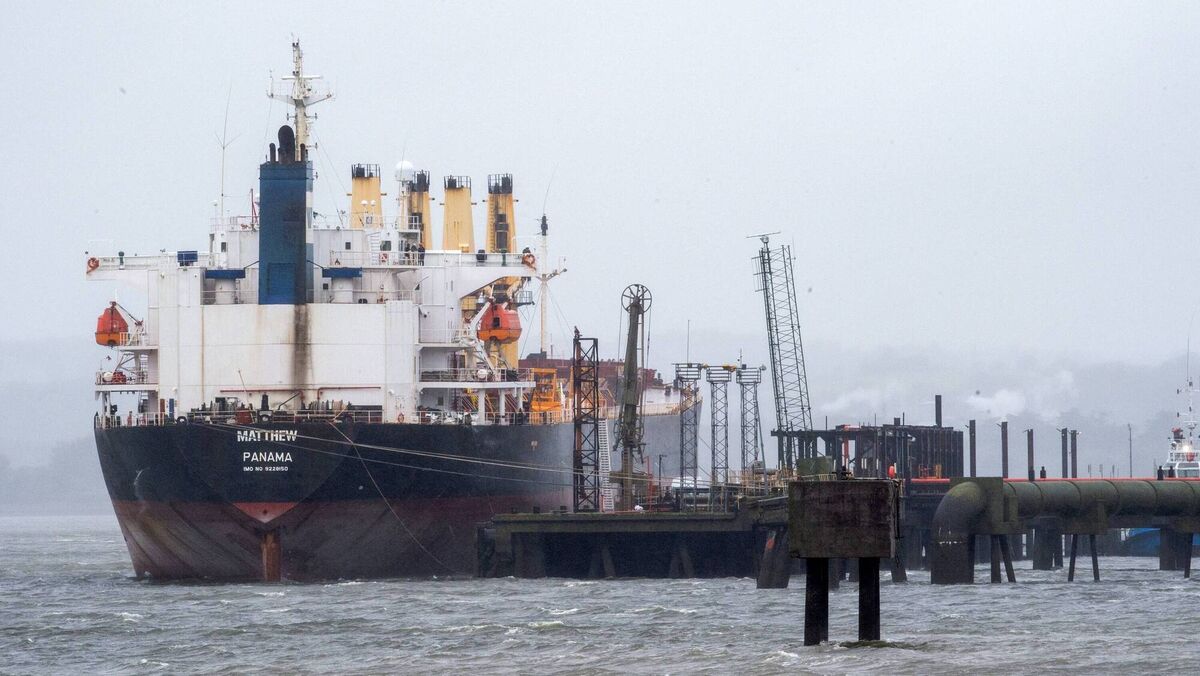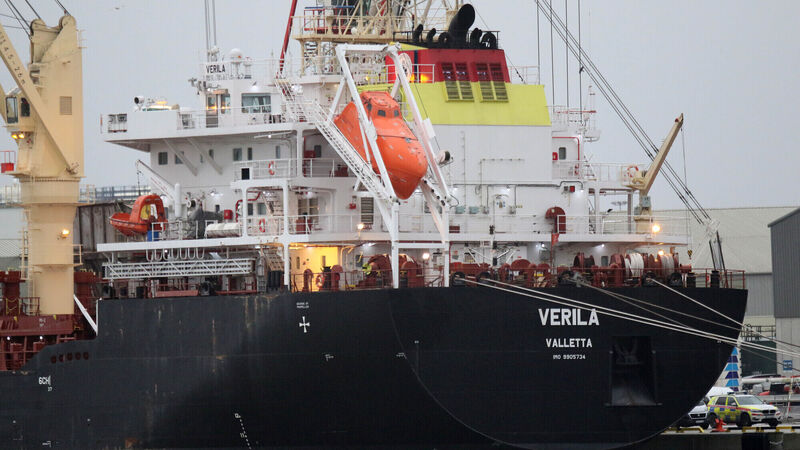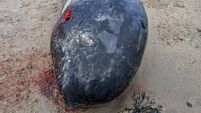The business model drug cartels use is to “keep flooding” Europe with cocaine.
The cartels have built up a system where a financial loss, as a result of seizures, is factored into operations.
But the strategy does not change.
Europe’s major traffickers have storage units throughout the continent, and possibly in Africa, where tonnes of cocaine is kept.
This is to deal with situations where a multi-tonne seizure is made, or a number of them.
The cocaine is released from storage to ensure there is no impact on supply.
Prices are kept low for consumers and money keeps coming in. The trade is not impacted.
This is how one seasoned drug investigator described it to the Irish Examiner.
“It’s an incredible scenario that I think Europe is facing at the moment where, really, they’re just bombarding Europe with cocaine, tonnes of cocaine,” said the investigator.
“It’s phenomenal the amount of cocaine that is being seized across Europe.”
The figures support this assessment.
The 300kg haul in Limerick comes days after 3 tonnes of cocaine was intercepted in international waters by the Senagalese Navy working with MAOC-N, the EU drug anti-trafficking agency.
MAOC-N said the seizure confirmed the “growing importance” of the African route in the maritime trafficking of cocaine destined for Europe.
To date it said MAOC-N had been involved in the seizure of almost 28 tonnes of cocaine off the west African coast in 2023.
On December 6, the Spanish authorities successfully intercepted and seized 2500kg of cocaine on board a Polish-flagged vessel in the Atlantic Ocean.
Two weeks ago, five tonnes of cocaine was intercepted by the French navy off the west African coast.
Last August, Dutch authorities made their biggest ever seizure of cocaine, when 8 tonnes were confiscated in Rotterdam port.
The previous month, Germany also had a record haul of the drug, when 10 tonnes were seized at Hamburg port.
Also in July, Italian agencies seized 5 tonnes of cocaine off the Sicilian coast and 6.8 tonnes was seized in Belgium.
“There is no doubt as well, in different locations across Europe there are cocaine stores, with tonnage of cocaine,” the investigator said.
“That has to be the case.
“That’s why even when you get the likes of the 2.2 tonnes seized last September off Cork the volume isn’t impacted at street level. They keep throwing tonnes and tonnes of cocaine into Europe.”

The investigator said the traffickers build in a loss — accounting for seizures or accidents — into their accounts.
“So, if they lose 40 shipments to get 100 into Europe that allows them to ensure supply and keep it cheap and they have been doing this for years and building it up because the volumes we are seeing are just ridiculous.
“The system is to keep flooding Europe. The business model is to keep throwing in tonnage, from different angles via every route possible. Even with huge seizures the price of cocaine is not going up. The model is ‘keep it coming, keep it coming’.”
This year, both the UN and EU drug agencies — UNODC and EMCDD — report “record” global supply of cocaine and seizures of cocaine.
Last September, Laurient Laniel, an expert analyst with the European Monitoring Centre for Drugs and Drug Addiction (EMCDDA), told the Irish Examiner that reports of seizures across Europe appeared to indicate that cocaine trafficking was “continuing unabated” with large seizures being made on a regular basis.
“We have seen an increase in the shipments that have been seized in terms of weight,” he said.
“This probably indicates the traffickers feel confident that they can send large quantities and risk losing a lot of money. They are comfortable that they will get through. Sometimes they are wrong and they get seized, but it does make you wonder how much goes through.”
Mr Laniel said Europe was one of the fastest expanding markets for cartels and that more European gangs are able to buy directly from South America.
The greater competition at wholesale level is matched by more competition regarding domestic distribution, at middle and lower levels.
“There’s a continued pool of people living in Europe who are apparently ready to risk life and limb and their freedom to become involved in the drugs trade and some are coerced into it,” he said.
In addition, he said the profits made by cocaine are very large – higher than other drugs.
He said initial EMCCDA estimates suggest the cocaine market generates €200m more per year than the cannabis market, despite the fact the cannabis market, in terms of users, is six times bigger.
The UNODC has documented a continuing and sharp rise in cocaine trafficking in South America over the last 10 years, reaching a record high each year. This has been matched by a “continuing growth in demand”, it said in its Global Report of Cocaine 2023.
It said interceptions by law enforcement has also been on the rise “at a higher speed than production”, which it said meant that interdiction has “contained the growth”.
The UNODC said Mexican and Balkan gangs have moved closer to the centre of production in South America to gain access to wholesale supplies and make supply “more efficient”.
The UN said that covid appears to have had only a “temporary restraining effect” on the growth of the cocaine market in Europe.
Shipping containers are used by organised crime gangs to exploit the possibility of concealing large quantities within legitimate goods, such as bananas or grain, or hidden within the structure of containers themselves.
Interestingly, the UNODC also identifies a trend which appears to reflect the route used by the Verila, the Maltese bulk cargo vessel impounded in Foynes. It had left Montreal, Canada on December 9.
“Aside from shipments departing from countries in Central and South America and the Caribbean, quantities of cocaine seized in Europe and identified as having departed from the United States, Canada, Mozambique, Cote d’Ivoire, Turkey and Spain suggest that trans-shipment of cocaine may have occurred in these countries to lower the risk profile of the containers,” the UNODC said.
CONNECT WITH US TODAY
Be the first to know the latest news and updates










